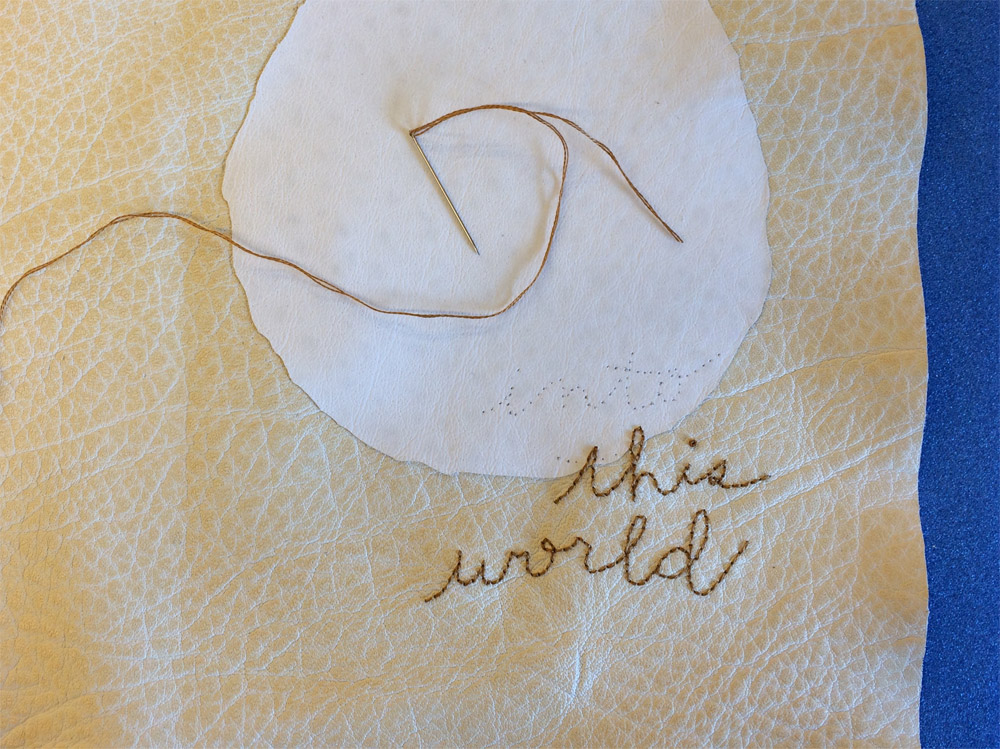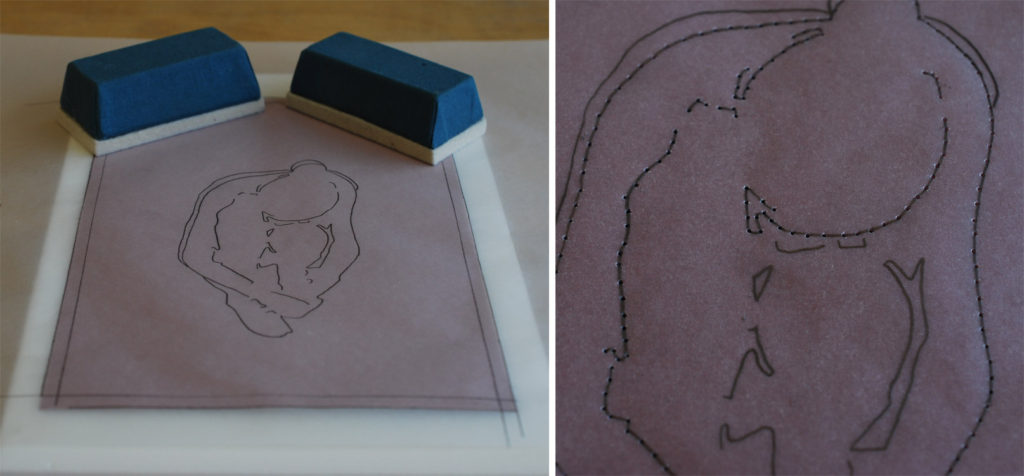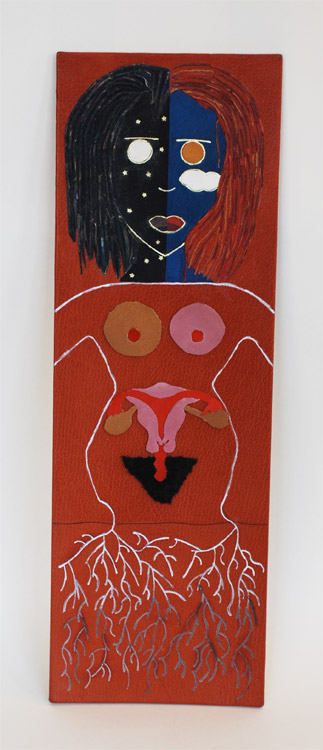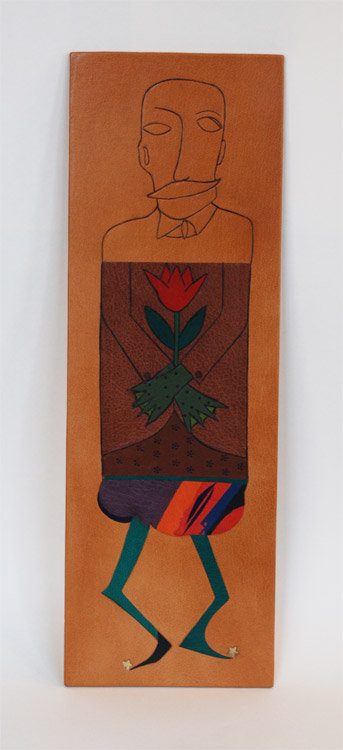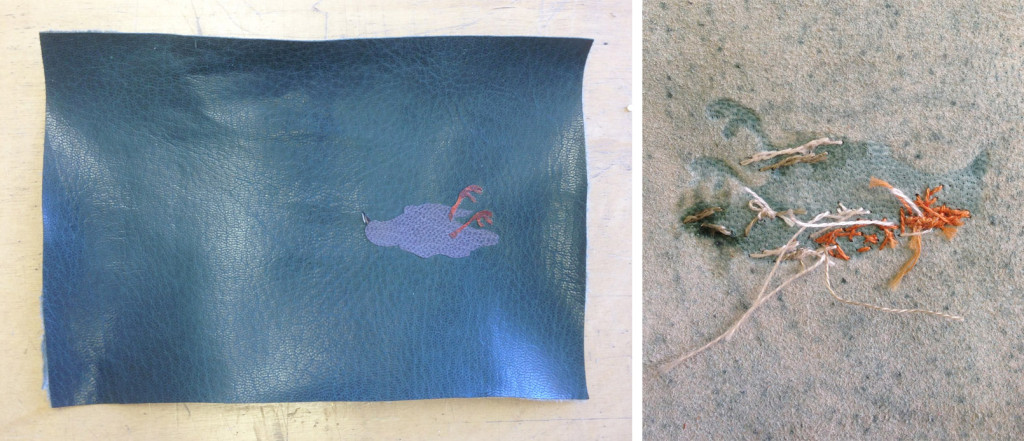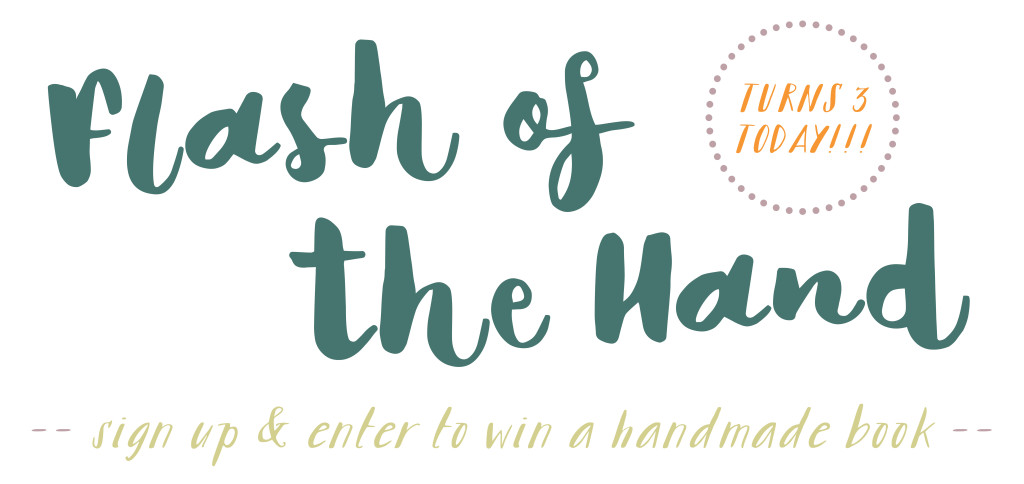APRIL:
Fundamentals of Bookbinding I
April 24 – 28 (Monday – Friday)
8:30am – 4:30pm
North Bennet Street School, Boston MA
There are still a few seats available for this workshop. This is a great workshop if you are interested in the full-time program at North Bennet or wanting to learn a new skill. During the workshop students will explore the basics of bookbinding through a variety of non-adhesive structures and finish the week by making a flatback case binding. We will discuss materials, adhesives, tool use and students will have access to traditional bindery equipment. This workshop is also available in June, see below for dates and link.
MAY:
Secret Belgian Binding – 3 Ways
May 6 – 7 (Saturday & Sunday)
8:30am – 4:30pm
North Bennet Street School, Boston MA
This workshop is sold out. On day one, students assemble two variations of this non-adhesive structure, which is simple and can be quickly constructed. It opens flat and is perfect for thinner text blocks. On day two, students explore modified versions of the Secret Belgian binding by playing with the amount and size of sewing holes and incorporating Tyvek.
Make Your Own Punching Cradle
May 20 (Saturday)
9:00am – 1:00pm
North Bennet Street School, Boston MA
A punching cradle is a very useful piece of equipment for bookbinders. During this class, students create a collapsible punching cradle with a variable length. The collapsible cradle is lightweight, saves space, and is perfect for traveling or working in small spaces.
JUNE:
Fundamentals of Bookbinding I
June 19 – 23 (Monday – Friday)
8:30am – 4:30pm
North Bennet Street School, Boston, MA
This is a great workshop if you are interested in the full-time program at North Bennet or wanting to learn a new skill. During the workshop students will explore the basics of bookbinding through a variety of non-adhesive structures and finish the week by making a flatback case binding. We will discuss materials, adhesives, tool use and students will have access to traditional bindery equipment.
Three-Part Bradel Binding
June 26 – 30 (Monday – Friday)
8:30am – 4:30pm
North Bennet Street School, Boston, MA
The 3-Part Bradel binding offers a unique aesthetic over a traditional case binding. As the name suggests, the binding is assembled in three parts, which encourages the binder to use different materials to cover the spine and covers. For this workshop, students will use leather to cover the spine and a cloth or paper of their choice for the covers. Students will be guided as they pare their own leather.
Students will also be using a variety of bindery equipment such as a sewing frame, job backer, plow and Kwikprint to complete their structure. We will also cover how to create a painted edge and stamp a custom label. Experience with leather is not necessary, but encouraged.




















